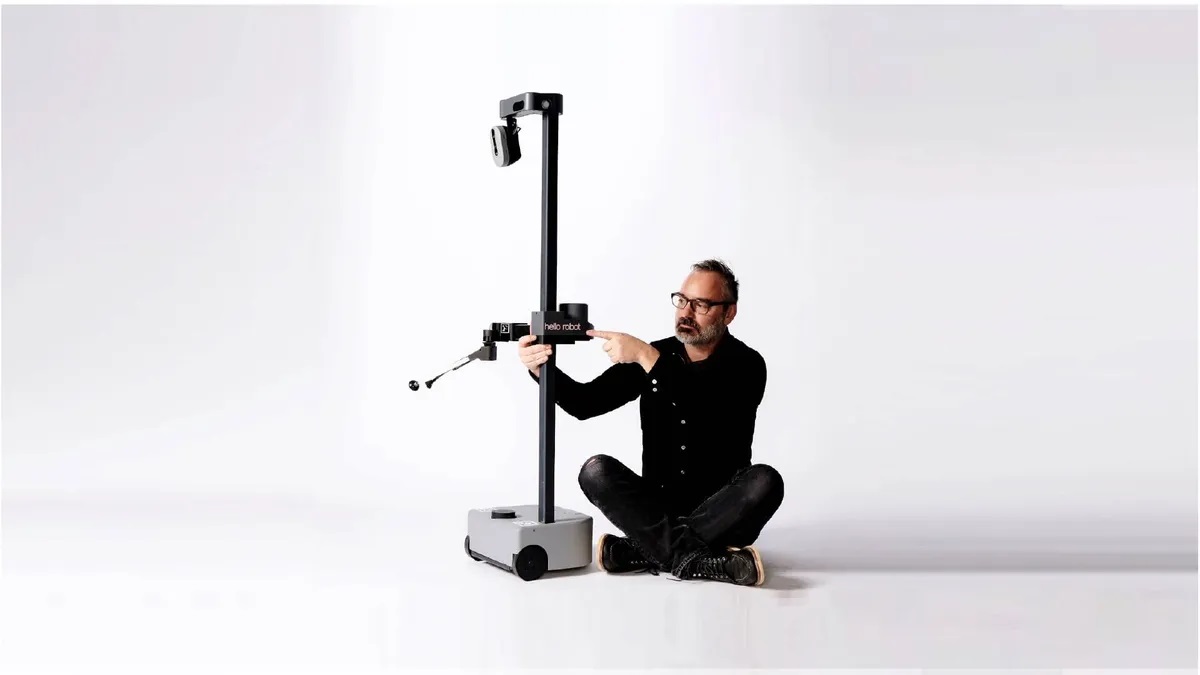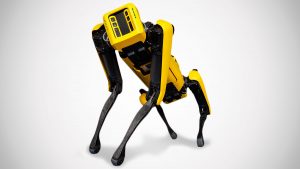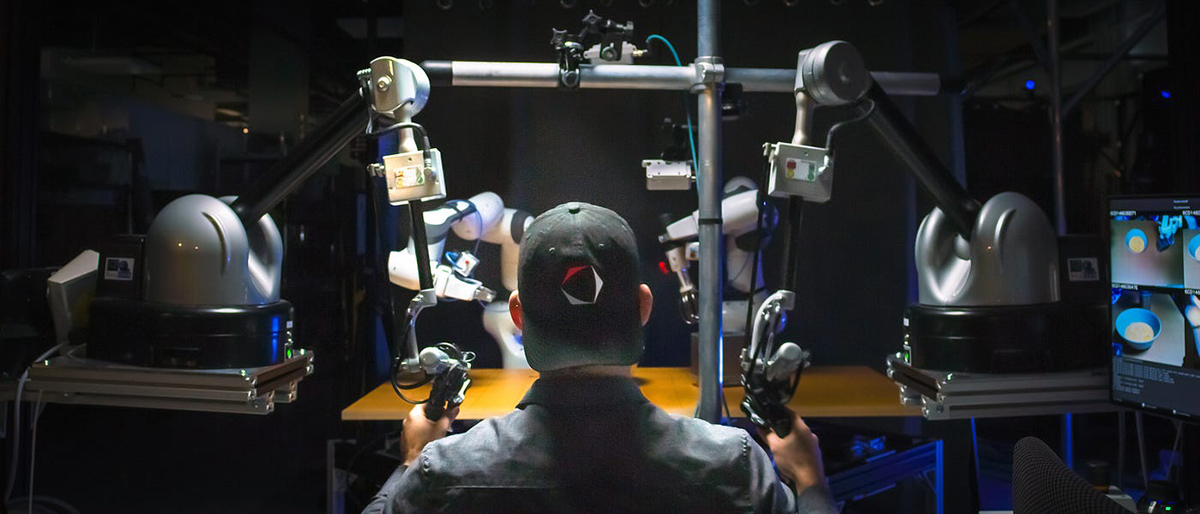The Future of Robotics: The Role of Generative AI
Generative AI is set to play a significant role in the future of robotics, according to Aaron Saunders, CTO of Boston Dynamics. The rapid rate of change in technology makes it challenging to predict precisely how this will unfold, but Saunders believes that generative AI has the potential to revolutionize various aspects of robotics. Foundation models, which represent a new approach to creating machine learning models, are already demonstrating impressive advancements in natural language interfaces. These developments open up possibilities for conversational interfaces with robots, improved computer vision capabilities, and even visual question answering. Looking ahead, Saunders expects these scalable architectures and training strategies to extend beyond language and vision into areas such as robotic planning and control. Interpreting the world around a robot will lead to a deeper understanding of how it can interact with its environment. In summary, Saunders sees generative AI as an exciting and transformative development in the field of robotics.
Key Takeaway
Generative AI holds immense potential in revolutionizing robotics, extending beyond language and vision to enhance robotic planning and control. While humanoid robots may not be suitable for all tasks, they have great potential for general-purpose applications. The next major category for robotics is expected to be in industries such as construction and healthcare. The development of true general-purpose robots faces several challenges, but progress is being made due to increased interest and technological advancements. Home robots, beyond limited tasks, are not expected to become widespread for at least another decade. Additionally, the progress in key technologies supporting AI, such as perception sensors and computing infrastructure, often goes unnoticed but is essential for driving innovation in robotics.
Humanoid Form Factor: Pros and Cons
When asked about the humanoid form factor in robotics, Saunders emphasizes that it is not necessarily the best choice for all tasks. He cites the example of Stretch, a robot designed specifically for moving boxes. While humans are capable of moving boxes, Stretch was purpose-built to perform this task more efficiently and effectively. However, Saunders acknowledges the potential of humanoid robots for general-purpose applications in the long term. The humanoid form factor aligns with our own human form and can potentially enable more seamless interaction with the world. Boston Dynamics remains committed to bridging the technology gap to make humanoid robots a reality.
The Next Major Category for Robotics
According to Saunders, manufacturing and warehouses continue to be the primary sectors for robotics due to their alignment with existing technology capabilities and customer needs. However, as the field expands, he anticipates a gradual shift towards environments with higher levels of uncertainty. Sectors such as construction and healthcare offer compelling opportunities for robotics due to their demand for skilled labor and insufficient supply. These industries occupy a space between highly structured industrial settings and the completely unstructured consumer market, making them a natural progression for robotics beyond manufacturing and logistics.
The Road to True General-Purpose Robots
While purpose-built robots have become commonplace in industrial automation, true general-purpose robots are still some distance away. Saunders emphasizes that several challenges need to be overcome for robots to navigate unstructured environments, tackle novel problems, build trust, and deliver value at a competitive price point. Despite these obstacles, the field of robotics is witnessing increased interest and critical mass thanks to the growing exposure of children to robotics education and the influx of recent graduates driving technological advancements. The current focus on delivering value to industrial customers is paving the way for a future where general-purpose robots can serve the broader consumer market.
The Future of Home Robots
While the introduction of robots into homes may increase in the next decade, Saunders believes that their capabilities will remain limited to specific tasks. He highlights the success of Roomba as an example of a home robot that provides clear value. However, he cautions that multifunctional in-home robots that cater to the broader consumer market are still over a decade away. The key to widespread adoption of home robots lies in achieving the same level of dependability and value that people have come to expect from their cars.
Underreported Trends in Robotics
Saunders believes that while there is considerable enthusiasm around AI and its potential to disrupt industries, including robotics, there is not enough focus on the broader ecosystem that supports these advancements. While AI plays a crucial role, it is equally important to track progress in other essential technologies such as perception sensors, power sources, and computing infrastructure. The continuous progress in these areas, often overshadowed by AI developments, enables smaller companies to leverage existing technological advancements to create innovative products in the field of robotics.
























